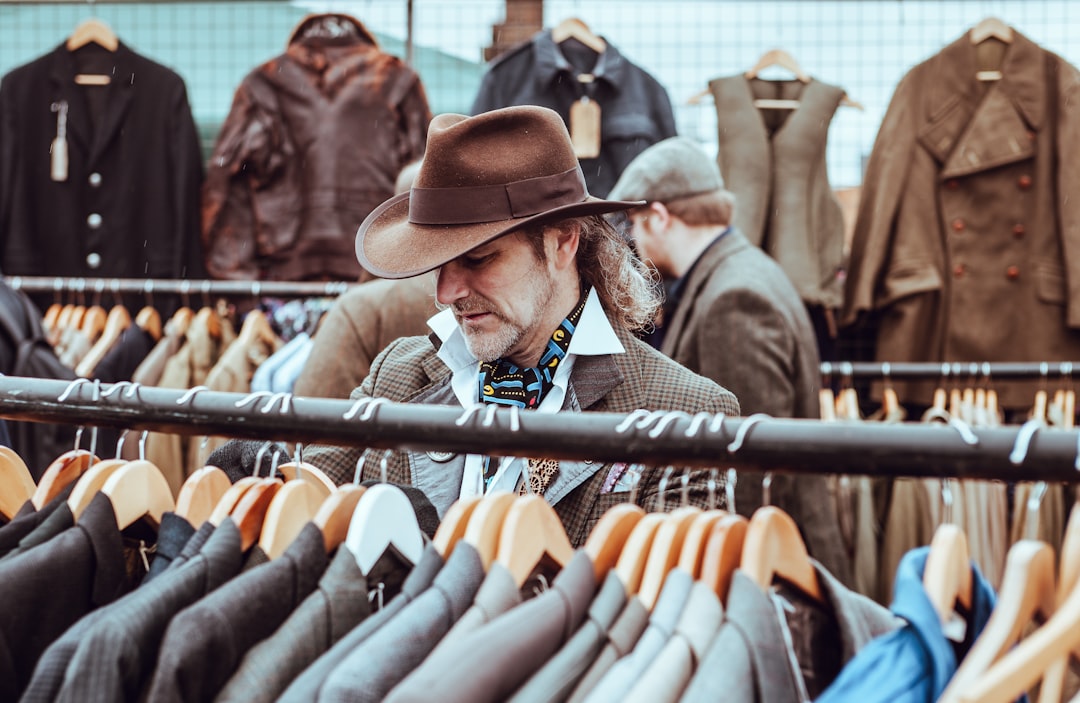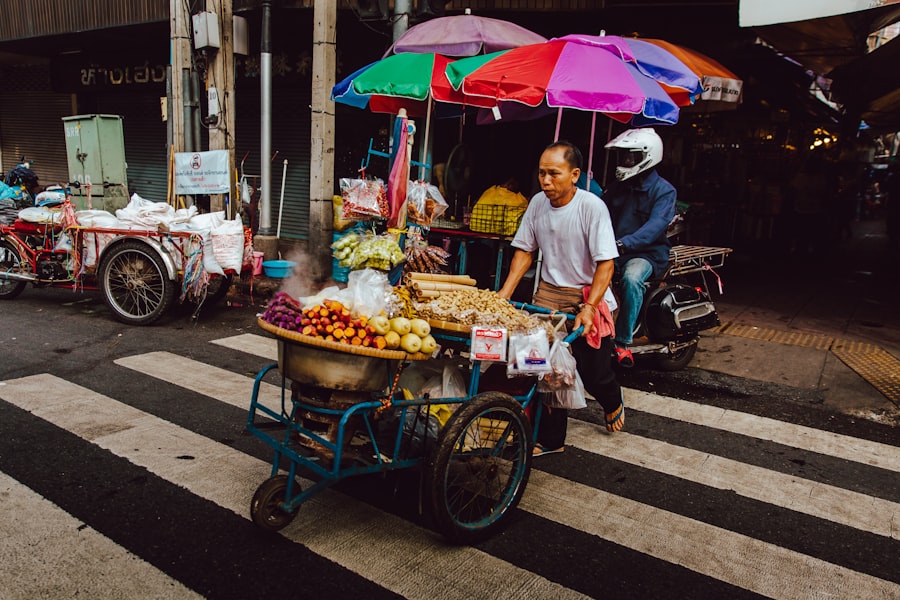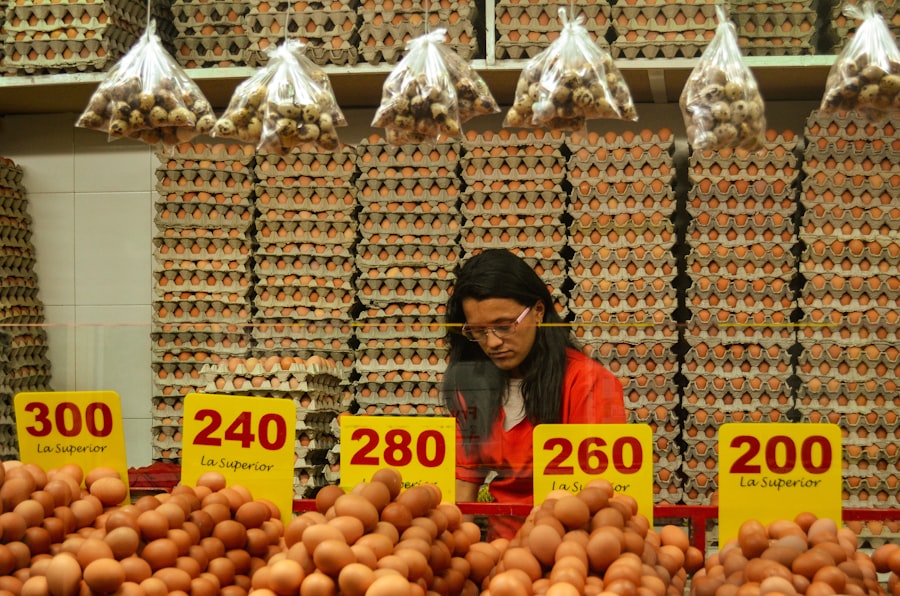
Guinea, a nation located on the western coast of Africa, is often overshadowed by its more prominent neighbors like Senegal and Ivory Coast. However, this small country is rich in natural beauty, cultural diversity, and historical significance. Bordered by Guinea-Bissau to the northwest, Senegal to the north, Mali to the northeast, and Sierra Leone and Liberia to the south, Guinea boasts a strategic location that has influenced its cultural and economic development over centuries.
The capital city, Conakry, is situated on the Atlantic coast and serves as the political and economic hub of the country. The landscape of Guinea is as diverse as its people. From the lush forests of the south to the mountainous regions in the east, the country offers a variety of ecosystems that are home to numerous species of flora and fauna.
The rich cultural tapestry of Guinea is woven from various ethnic groups, including the Fulani, Mandinka, and Susu, each contributing unique traditions, languages, and customs. This blend of cultures is reflected in the vibrant music, dance, and art that permeate Guinean society. As travelers venture into this lesser-known destination, they are often met with warm hospitality and an opportunity to experience a way of life that remains largely untouched by modernity.
Key Takeaways
- Guinea is a West African country known for its rich cultural heritage and diverse natural landscapes.
- Key facts about Guinea include its capital city Conakry, official language of French, and its currency being the Guinean franc.
- Must-visit places in Guinea include the Fouta Djallon highlands, the beautiful Îles de Los, and the vibrant markets of Conakry.
- Natural wonders of Guinea include the stunning waterfalls of Kambadaga, the Mount Nimba Strict Nature Reserve, and the scenic landscapes of the Guinean savanna.
- Historical and cultural sights in Guinea encompass the ancient ruins of the city of Télimélé, the National Museum of Guinea, and the traditional music and dance performances in the region.
- Tips for traveling in Guinea include obtaining necessary vaccinations, respecting local customs and traditions, and being cautious of the potential for political unrest.
Key Facts about Guinea
Overview of Guinea
Guinea, officially known as the Republic of Guinea, is home to approximately 13 million people. The country spans an area of about 245,857 square kilometers, making it slightly larger than the state of Oregon in the United States. The official language is French, a legacy of its colonial past when it was part of French West Africa.
Linguistic and Cultural Diversity
However, numerous indigenous languages are spoken throughout the country, including Fulfulde, Malinke, and Susu, reflecting the ethnic diversity of its population. This linguistic diversity highlights the rich cultural heritage of Guinea and its people.
Economy and Natural Resources
The economy of Guinea is primarily based on agriculture and mining. The country is rich in natural resources, particularly bauxite, which is a key ingredient in aluminum production. In fact, Guinea holds one of the largest bauxite reserves in the world. Other significant minerals include gold and diamonds, which contribute to the country’s export revenues.
Challenges and Development Efforts
Despite its wealth in natural resources, Guinea faces challenges such as poverty and inadequate infrastructure. The government has been working towards improving these conditions through various development programs aimed at enhancing education, healthcare, and economic opportunities for its citizens.
Must-Visit Places in Guinea

One of the most iconic destinations in Guinea is the Fouta Djallon region, known for its stunning landscapes characterized by rolling hills, waterfalls, and terraced farms. This mountainous area is a haven for hikers and nature enthusiasts who seek to explore its breathtaking scenery. The town of Labé serves as a gateway to Fouta Djallon and offers visitors a glimpse into traditional Guinean life.
The vibrant markets and local crafts provide an authentic experience that showcases the region’s rich cultural heritage.
This bustling marketplace is one of the largest in West Africa and offers an array of goods ranging from textiles to spices.
Visitors can immerse themselves in the lively atmosphere while sampling local delicacies or purchasing handmade crafts. Additionally, Conakry is home to several museums that highlight Guinea’s history and culture, such as the National Museum of Guinea, which features exhibits on traditional art and artifacts from various ethnic groups.
The country is home to several national parks and reserves that protect its diverse ecosystems. One notable example is the Niokolo-Koba National Park, a UNESCO World Heritage site that spans both Guinea and Senegal.
This park is renowned for its rich biodiversity, including endangered species such as the West African lion and various antelope species. Birdwatchers will also find delight in observing numerous migratory birds that flock to this region. Another remarkable natural feature is the Mount Nimba Strict Nature Reserve, which straddles the border between Guinea and Côte d’Ivoire.
This reserve is characterized by its unique flora and fauna, some of which are endemic to the region. The mountain itself rises dramatically from the surrounding landscape and offers stunning views for those willing to trek its slopes. The area is also significant for its geological formations and rich mineral deposits, making it a site of interest for both nature lovers and geologists alike.
Historical and Cultural Sights in Guinea
Guinea’s history is deeply intertwined with its cultural identity, and several historical sites reflect this rich heritage. One such site is the city of Kindia, often referred to as the “Pearl of Guinea.” This city played a crucial role during the colonial era and is home to several colonial-era buildings that showcase French architectural influence. The nearby Kinkon Waterfall adds to Kindia’s charm and serves as a popular spot for both locals and tourists seeking relaxation amidst nature.
The island of Los also holds historical significance as it was once a major center for the transatlantic slave trade. Today, it serves as a poignant reminder of this dark chapter in history while offering beautiful beaches and opportunities for exploration. Visitors can learn about the island’s past through guided tours that delve into its role in the slave trade while enjoying its natural beauty.
Tips for Traveling in Guinea

Traveling in Guinea requires some preparation due to its developing infrastructure and varying levels of amenities. It is advisable for travelers to obtain necessary vaccinations before their trip, including those for yellow fever and hepatitis Additionally, travelers should be aware that healthcare facilities may be limited outside major cities like Conakry; thus, carrying a basic first-aid kit can be beneficial. When navigating within Guinea, it’s essential to consider transportation options carefully.
While public transport exists in urban areas, it can be unreliable; therefore, hiring a private vehicle or using reputable taxi services may be more convenient for exploring remote regions. Furthermore, learning a few basic phrases in French or local languages can enhance interactions with locals and enrich the travel experience. Travelers should also be mindful of cultural norms when visiting Guinea.
Dress modestly to respect local customs, especially in rural areas where traditional values are more pronounced. Engaging with local communities through respectful dialogue can lead to meaningful exchanges and deeper insights into Guinean culture. In conclusion, Guinea offers a unique blend of natural beauty, rich history, and vibrant culture that beckons adventurous travelers seeking an authentic experience off the beaten path.
With its diverse landscapes ranging from mountains to coastal regions and its warm-hearted people eager to share their traditions, Guinea stands as a hidden gem waiting to be discovered by those willing to explore its depths.
If you found the article on Guinea interesting and are eager to explore more about different countries and their unique attractions, you might enjoy reading another detailed guide on our website. Specifically, the article on Egypt Facts and Places to Visit offers a fascinating glimpse into another culturally rich country. This piece provides insights into Egypt’s historical landmarks, cultural heritage, and modern attractions, making it a perfect follow-up for those intrigued by the diverse and historical narratives of countries like Guinea.
FAQs
What are some interesting facts about Guinea?
– Guinea is located in West Africa and is bordered by the Atlantic Ocean, Guinea-Bissau, Senegal, Mali, Ivory Coast, Liberia, and Sierra Leone.
– The country is known for its rich cultural heritage, diverse ethnic groups, and vibrant music and dance traditions.
– Guinea is a major producer of bauxite, which is used to make aluminum, and also has significant deposits of gold and diamonds.
– The capital city of Guinea is Conakry, which is the largest city in the country and serves as its economic and cultural center.
What are some popular places to visit in Guinea?
– Fouta Djallon: This mountainous region is known for its stunning landscapes, waterfalls, and hiking opportunities.
– Îles de Los: These picturesque islands off the coast of Conakry are popular for their beautiful beaches and clear waters, making them a great spot for snorkeling and diving.
– Mount Nimba Strict Nature Reserve: This UNESCO World Heritage site is home to diverse plant and animal species, including chimpanzees, and offers opportunities for wildlife viewing and trekking.
– National Museum of Guinea: Located in Conakry, this museum showcases the country’s history, culture, and art, including traditional masks, musical instruments, and archaeological artifacts.
What are some must-see sights in Guinea?
– The Grand Mosque of Conakry: This impressive mosque is a symbol of Islamic architecture in Guinea and is a popular attraction for visitors.
– Kinkon Falls: These majestic waterfalls are located in the Fouta Djallon region and are a breathtaking natural wonder.
– Conakry Botanical Garden: This lush garden is a peaceful oasis in the bustling city of Conakry, featuring a wide variety of plant species and a tranquil atmosphere for relaxation.
– The Presidential Palace: Situated in the heart of Conakry, this grand building is an iconic landmark and a symbol of the country’s political history.



